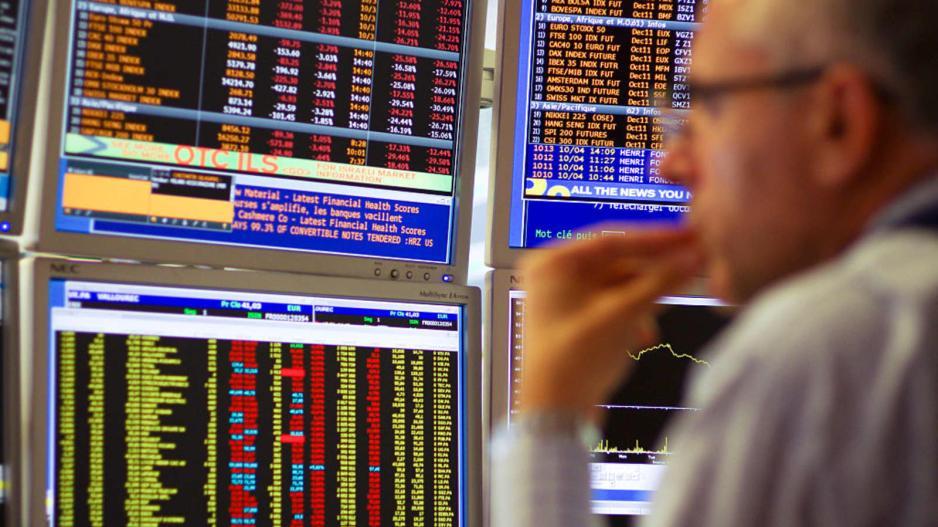European stock markets edged lower Friday, as investors digested the latest ECB interest rate cut as well as growth data from China, the world’s second-largest economy.
At 03:40 ET (08:40 GMT), the DAX index in Germany traded 0.1% lower, the CAC 40 in France fell 0.1% and the FTSE 100 in the U.K. dropped 0.4%.
ECB cuts interest rates again The European Central Bank cut interest rates on Thursday by 25 basis points to 3.25%, following on from September’s move - the first back-to-back rate cut since 2011.
Although this reduction was widely expected, the quickening pace of rate cuts points to a worsening economic outlook amid signs that inflation is increasingly under control.
There was some good economic news in Europe Friday, after data showed that UK retail sales rose 0.3% on the month in September, annual growth of 3.9%.
This compares with expectations for a monthly fall of 0.3%, and a year-on-year gain of 3.2%.
Additionally, gross domestic product data showed the Chinese economy grew 4.6% in the third quarter, largely as expected although the economy’s pace of growth remained below Beijing’s annual target.
This brought year-to-date GDP growth to 4.8%, still below Beijing’s 5% annual target.
Crude on track for weekly losses Oil prices edged higher Friday, but remained on track for their biggest weekly loss in more than a month on concerns about demand.
By 03:05 ET, the Brent contract climbed 0.4% to $74.73 per barrel, while U.S. crude futures (WTI) traded 0.5% higher at $71.00 per barrel.
Both benchmarks settled higher on Thursday for the first time in five sessions after data showed that official US inventories fell last week, but are still set to fall about 6% this week, their biggest weekly decline since Sept. 2.
Both OPEC and the International Energy Agency cut their forecasts for global oil demand earlier this week, adding to ongoing concerns about demand growth, largely centered around China.


